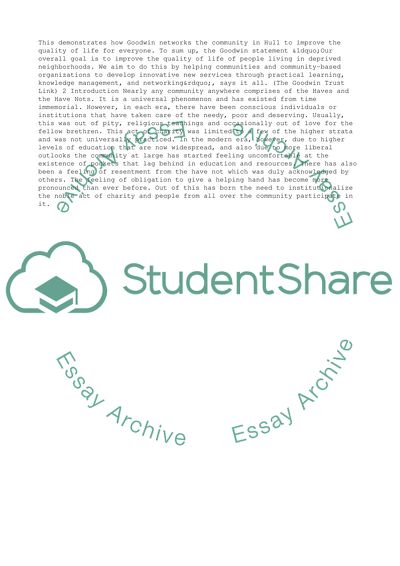Cite this document
(“Goodwin Development Trust Essay Example | Topics and Well Written Essays - 3500 words”, n.d.)
Goodwin Development Trust Essay Example | Topics and Well Written Essays - 3500 words. Retrieved from https://studentshare.org/management/1540473-goodwin-development-trust
Goodwin Development Trust Essay Example | Topics and Well Written Essays - 3500 words. Retrieved from https://studentshare.org/management/1540473-goodwin-development-trust
(Goodwin Development Trust Essay Example | Topics and Well Written Essays - 3500 Words)
Goodwin Development Trust Essay Example | Topics and Well Written Essays - 3500 Words. https://studentshare.org/management/1540473-goodwin-development-trust.
Goodwin Development Trust Essay Example | Topics and Well Written Essays - 3500 Words. https://studentshare.org/management/1540473-goodwin-development-trust.
“Goodwin Development Trust Essay Example | Topics and Well Written Essays - 3500 Words”, n.d. https://studentshare.org/management/1540473-goodwin-development-trust.


